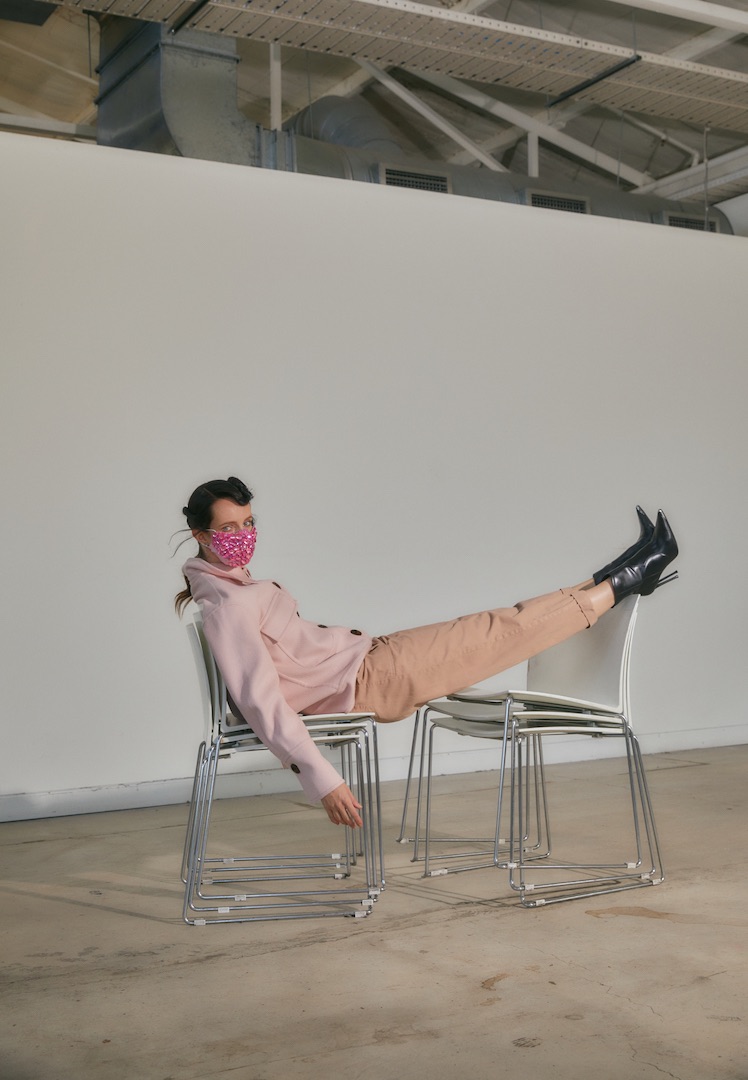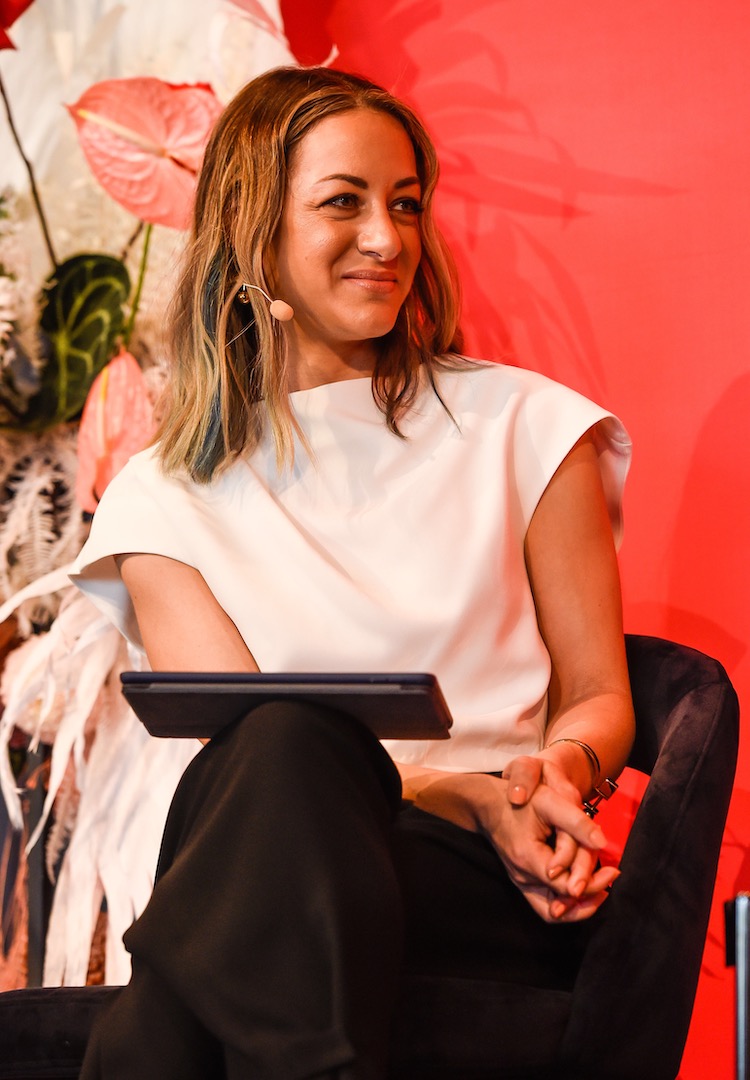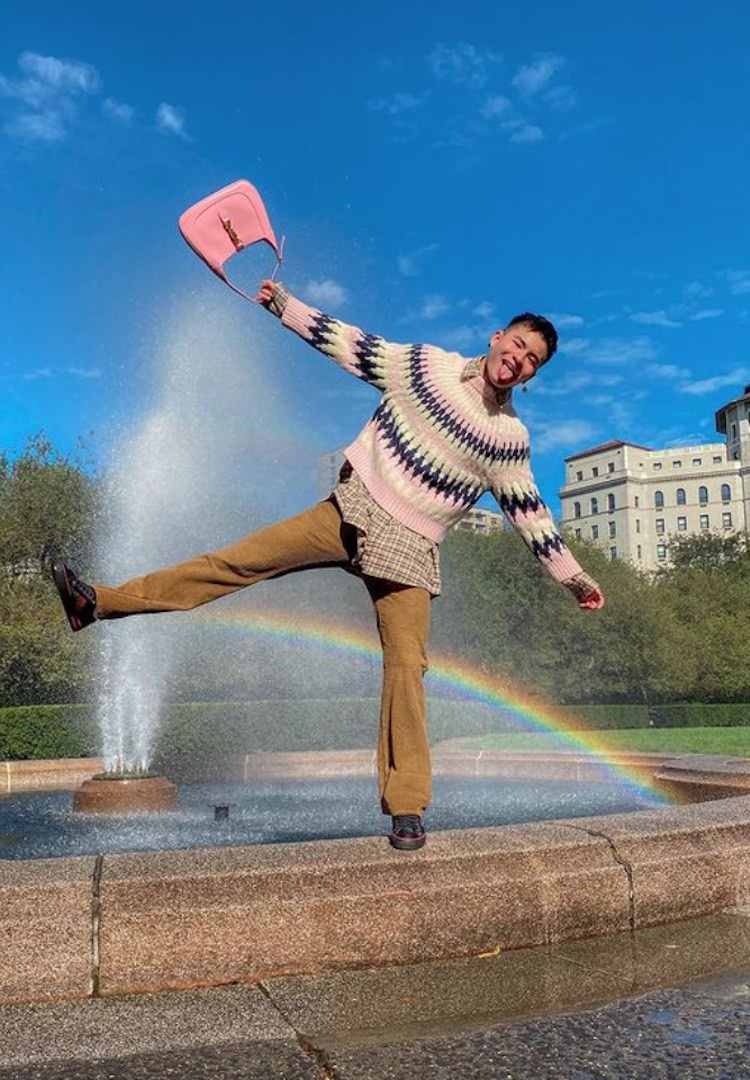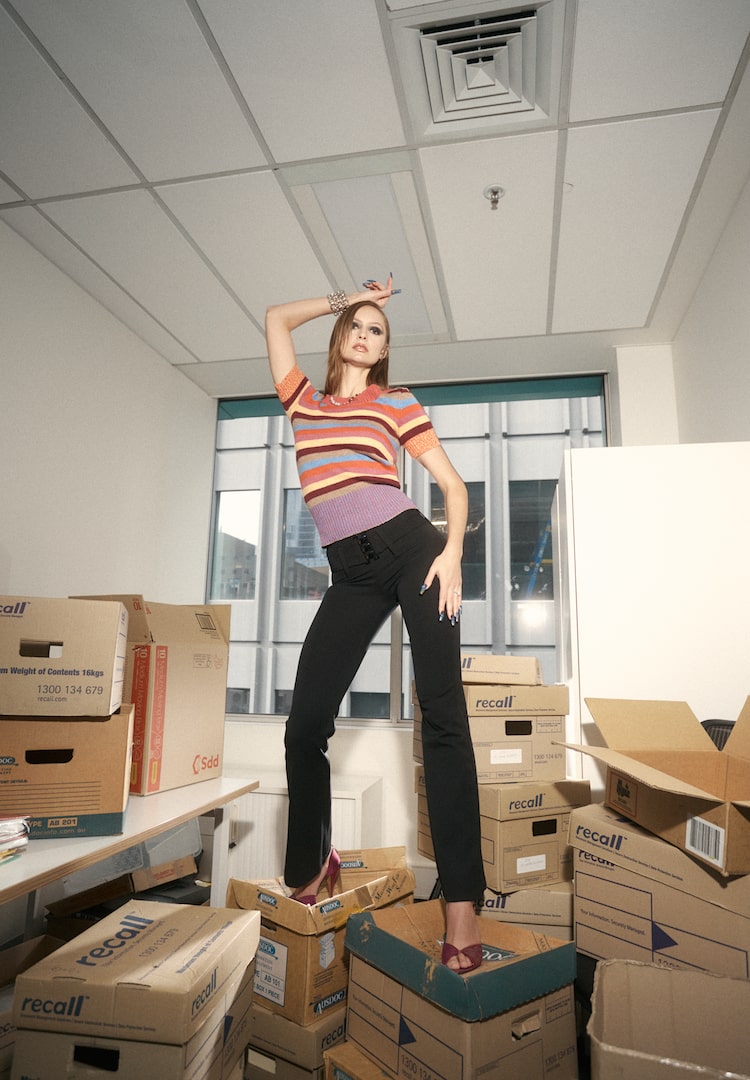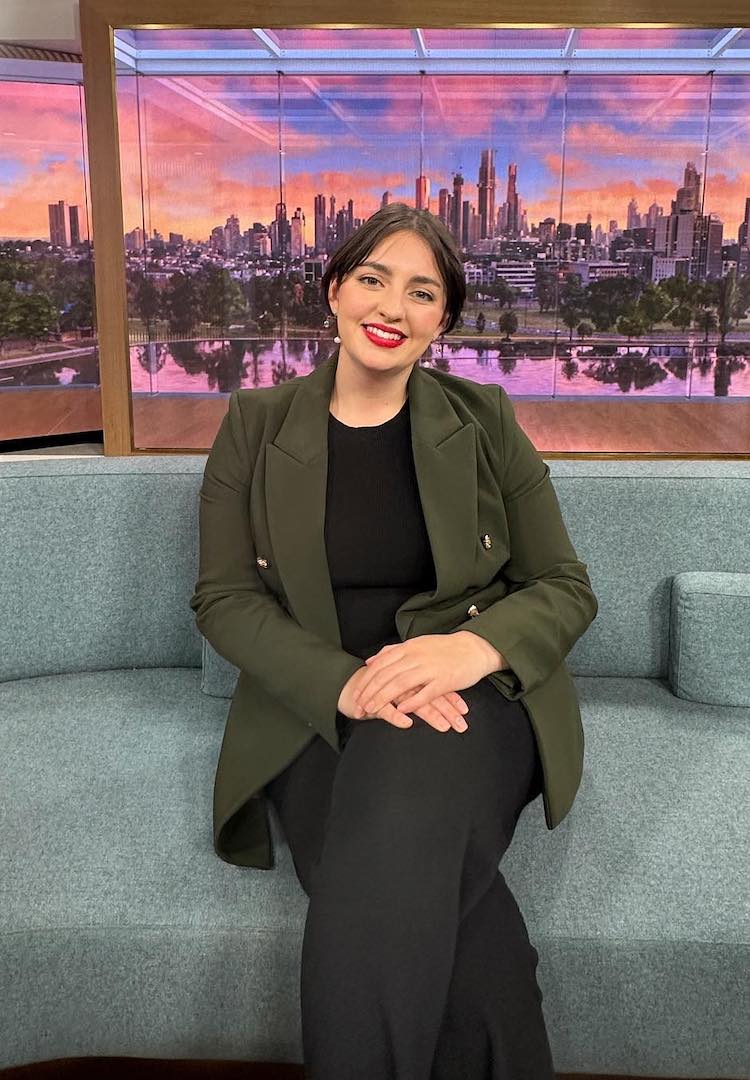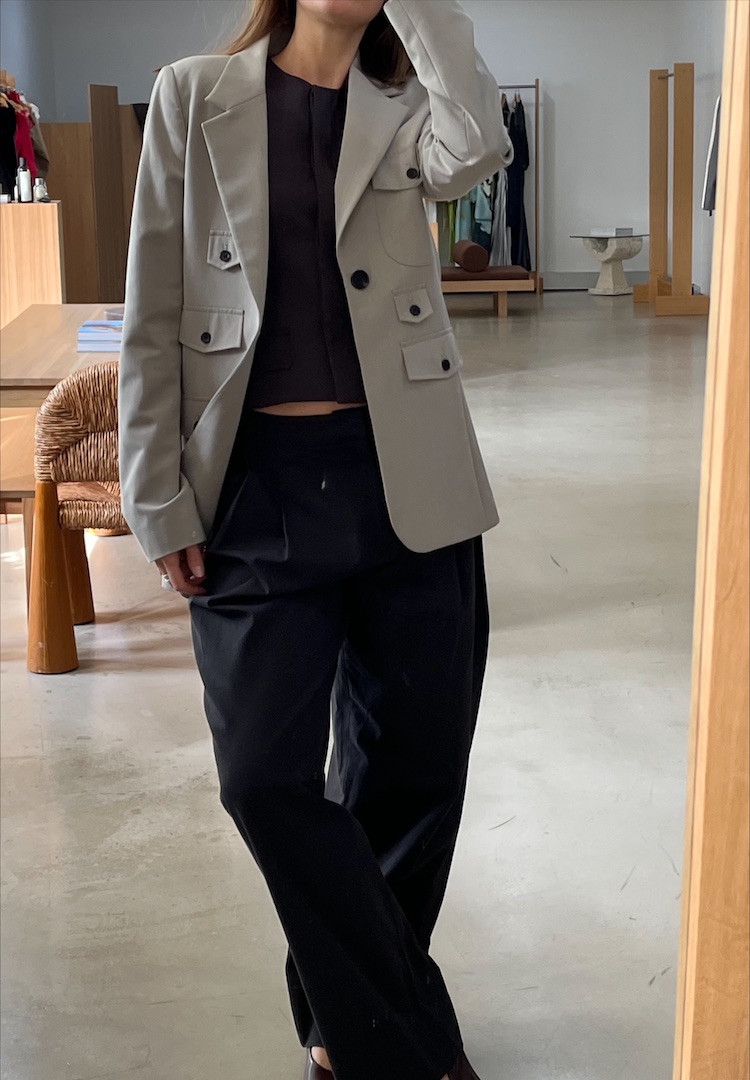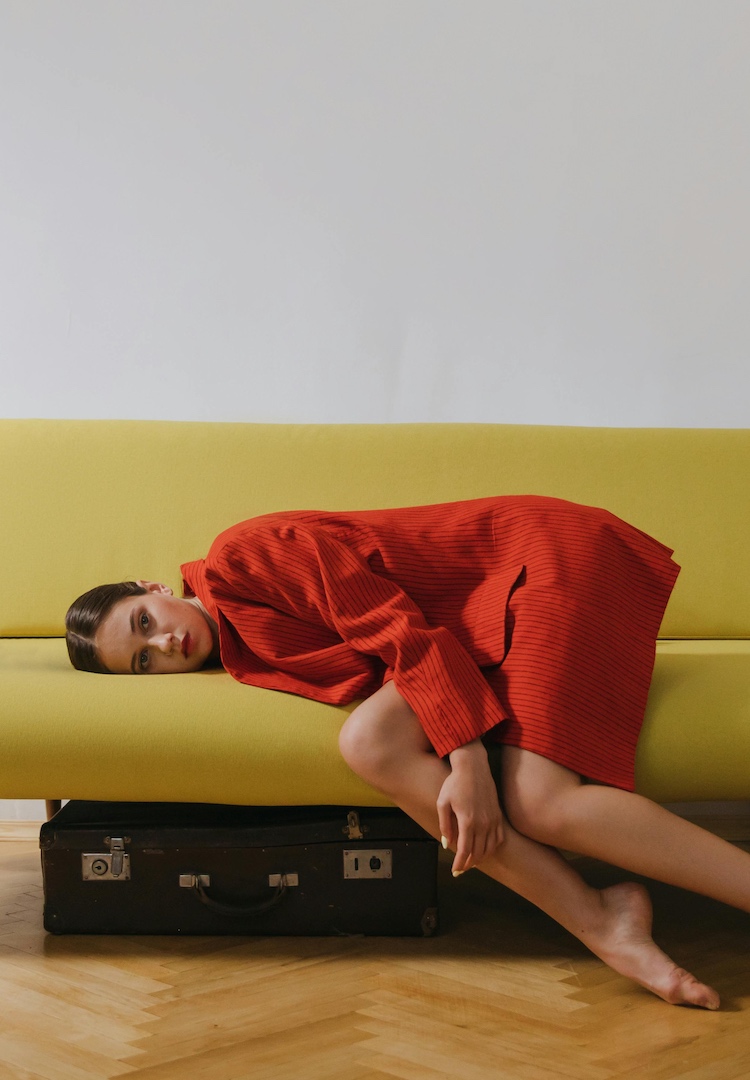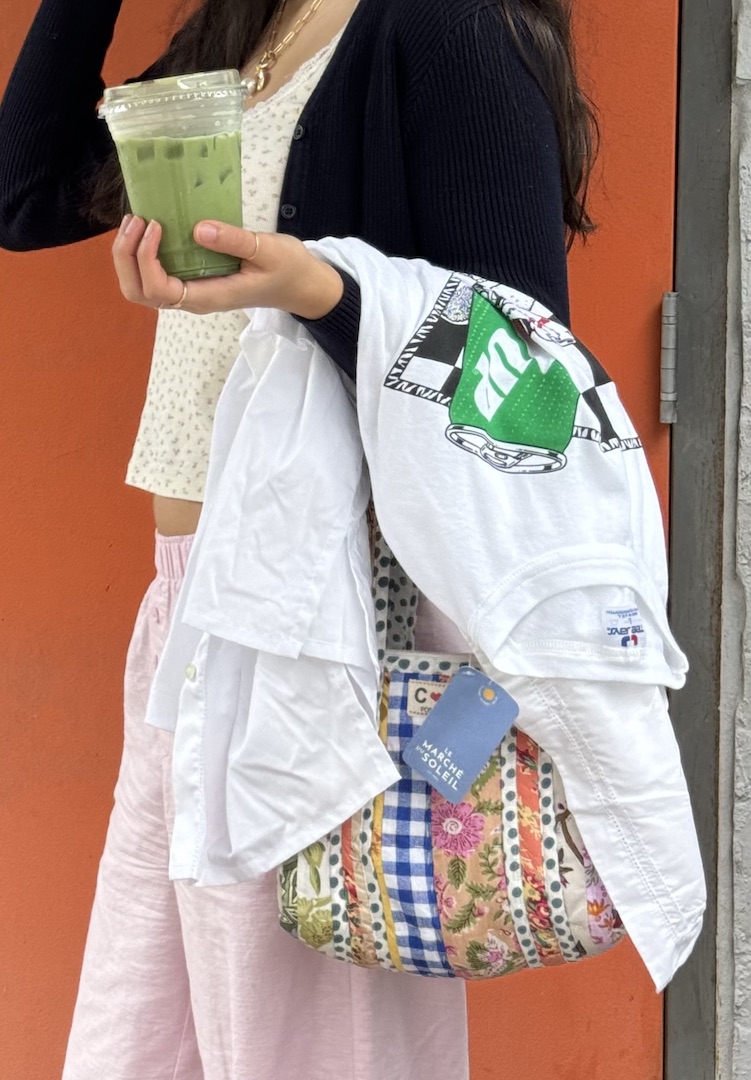How I Got Here: The national fashion editor for The Age on embracing the detours in your career
WORDS BY CAIT EMMA BURKE
“There are many ways to reach your goal, and be prepared to take some detours along the way.”
Have you ever stalked someone on LinkedIn and wondered how on earth they managed to land that wildly impressive job? While the internet and social media might have us believe that our ideal job is a mere pipe dream, the individuals who have these jobs were, believe it or not, in the same position once, fantasising over someone else’s seemingly unattainable job.
But behind the awe-inspiring titles and the fancy work events lies a heck of a lot of hard work. So what lessons have been learnt and what skills have proved invaluable in getting them from daydreaming about success to actually being at the top of their industry?
Welcome to How I Got Here, where we talk to women who are killing it in their respective fields about how they landed their awe-inspiring jobs, exploring the peaks and pits, the failures and the wins, and most importantly the knowledge, advice and practical tips they’ve gleaned along the way.
This week, the national fashion editor for The Age and Sydney Morning Herald, Melissa Singer, tells us how she went from obsessively reading magazines and doing her year 10 work experience at Woman’s Day, to landing her ideal job in women’s media.
Melissa started out studying law at university, before switching to media and communications. Before she could complete the degree, she landed a job at B Magazine, after entering a competition and impressing the editors with, in her words, “total chutzpah”. After two years at B Magazine, she took a job at a trade magazine, before moving to Melbourne to work at various newspapers.
Eventually, she was headhunted to join Nine. Over the next 13 years, she climbed her way up the ranks, ultimately finding herself in her dream position as the national fashion editor for The Age and Sydney Morning Herald.
But it hasn’t been as straightforward as that summary might make it seem. Over the years, she’s taken some serious leaps of faith in following her passion, including moving to a city where she knew no one and taking roles that had horrible office environments and male-dominated work cultures.
She believes that there are many ways to reach your career goals, but by embracing the detours, being realistic and revisiting your goals every year, you’re much more likely to end up in the job you desire. Here’s what she’s learnt along the way.
What do you do and what’s your official job title?
I’m the national fashion editor for The Age and Sydney Morning Herald. That basically means I’m the chief writer and air-traffic controller of all things fashion related across our mastheads, for both digital, print, and occasionally TV.
Take us back to when you were first starting out. Did you study to get into your chosen field, or did you start out with an internship/entry-level role and climb the ladder? Tell us the story.
I wanted to be a journalist for as long as I can remember, did my year 10 work experience at Woman’s Day, read magazines ferociously, all the things. But then I ended up in first-year law? I moved to Sydney (for better interning opportunities at Marie Claire et al… okay, it was really for a boy) and transferred to media and communications at UNSW but before I could finish, I scored my first job. I entered a competition to win a one-year paid job at B Magazine, which is sadly no more, and was up against about 700 applicants for the role.
I think it was my total chutzpah when asked which job I wanted in five years that made me stand out; I looked the deputy editor dead in the eye and said, “Yours.” They still hired me. No, seriously, it was the fact I approached the writing tasks in the application differently to some of the other finalists. The day I started, a month before my 21st birthday, was still one of the best (and scariest) days of my life. I ended up staying there for two years, made some epic mistakes and fell in love with working in the media.
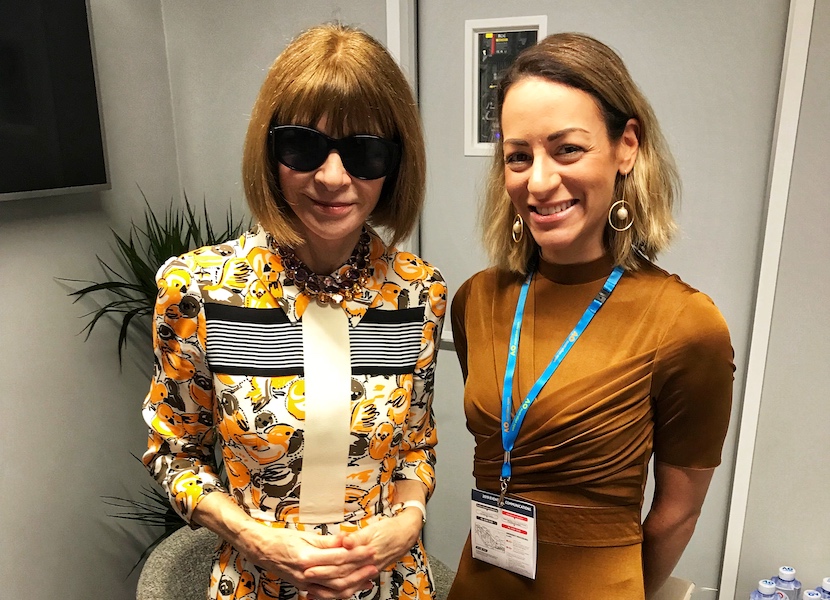
What challenges/hurdles have you faced getting to where you are now? Can you tell us about one in particular?
After my two-year stint at B, I found myself 22 and unemployed when they couldn’t renew my contract (I scored my second year there through the fortune of a colleague going on maternity leave). I panicked and took the first job I could find, at a trade magazine business. It had great perks but the office environment was horrible. After working in an all-female environment, which had its own challenges, the trade publications company was very blokey, and I had my first experiences with sexual harassment, although I didn’t recognise it at the time. I stayed there for about six months, but after that, I decided it was time to relocate back to Melbourne and try my hand in newspapers.
Of course, it all worked out. I worked for four years at the Australian Jewish News, a great place to get a wide range of experience in a short time, before I was headhunted to join Fairfax (now Nine) in Brisbane. I’ve taken a few giant leaps of faith in my career and moving to Queensland when I didn’t know a soul except my then partner, was probably the biggest. But 13 years, another move to Sydney, and a couple of stressful roles later and I am back in my hometown, doing a role I love.
What do you want people to know about your industry/your role?
That it’s not all fun and champagne. That usually on spring racing carnival days, I am hunched over a laptop in a soggy media tent (it’s always raining!) eating day-old sushi and not hobnobbing in the marquees, except when I need to grab some quotes or content for our blogs, online stories and papers. I’ve tried over the years to show both sides of the role on my social media so people get a more realistic understanding of what we do. And I also want to dispel the notion that fashion is catty and competitive; journos, even from competing mastheads, will almost always help a peer. I had to interview Nicole Kidman on the red carpet once with shocking laryngitis and a reporter from a rival paper asked her my questions as I couldn’t speak. I’d like to think I’ve paid it forward plenty of times.
What’s the best part about your role?
Turning in a massive feature after a lot of work, especially if it’s something that will make a difference. I recently wrote about the fashion industry’s #MeToo journey and I’m proud to say it was the nudge needed to start the process of an industry code of conduct. I love the privilege of being able to get into the heads of designers and understand their creative process, and then share some of that with our readers. And nothing beats the thrill of sitting front row at a fashion show just before the lights go down; I’ve been lucky enough to attend London and New York fashion weeks – bring on a vaccine because Milan and Paris are still waiting!
What would surprise people about your role?
With the amount of data we now have about our online audience, story ideas and articles have to pass so many more hurdles to be considered a “success”. A pretty picture no longer cuts it; stories have to have bite, a great headline and the right image to even have a chance of meeting our targets, which are tough but achievable. Sometimes balancing the needs of our different platforms can be tricky with the one story, but we spend a lot of time on the production of stories so they sing. The copy (that is, the words) is just the first step.
What skills have served you well in your industry?
Being a pedant when it comes to spelling and grammar. It sounds kind of obvious but as someone who has edited a lot of stories in 20-plus years, it always amazes me how many people who call themselves writers aren’t across the basics. That being said, no one’s perfect; we all have our brain blocks. Mine is ‘restaurateur’ (and yes, the autocorrect helped me there) and ‘Woolloomooloo’ (zing! right first time!). I am also a quick typer – it saves me from having to transcribe interviews all the time, though I do record the bigger/longer/more complex ones because an hour spent transcribing is way better than a day agonising over an error, or worse.
What advice would you give to someone who wants to be in a role like yours one day?
Be realistic. There are many ways to reach your goal, and be prepared to take some detours along the way. You might have to move cities, or take a role that feels tangential to fashion writing (for example, in PR) but if you make a point of revisiting your goals every 12 months, you can stay on track. Ten years ago, I had no idea I would end up back in lifestyle, and it took me 15 years of hard work to land in what many would say is my ideal job. So don’t give up. And if there isn’t a full-time job in what you want to do, invest time in a side-hustle or getting some freelance work. And read. A lot. And I don’t just mean fashion magazines. When I am on a good run of reading, like this year, I can see a clear correlation in the quality of my writing. But don’t try to write like anyone else – find your own voice. I cannot stress the importance of this enough.
What about a practical tip?
If you’re pitching ideas to a publication, make sure you have read the publication. I am always amazed at how many freelancers pitch ideas that are wildly unsuitable for our masthead. Don’t be afraid to pick up the phone and introduce yourself before you pitch. We get so many submissions each day – the ones that catch our eyes are succinct, have a clear point of view, are newsy or current, and are not buried in a shopping list of 20 story ideas. Don’t send more than three ideas at a time – no editor has the attention span for more than that.
Read the rest of the How I Got Here series here.
Looking to step up to a career in fashion? Each week we send a wrap of industry jobs straight to your inbox. Enter your details below and we’ll keep you in the loop, or browse current openings here.

